Classic Nerazzurri Quality in Defense and Attack
Original Italian: Inter, the Most Exciting Team in the CL Semifinals
Inter is the most intriguing team in the Champions League semifinals, playing under Simone Inzaghi with a blend of tradition and innovation.
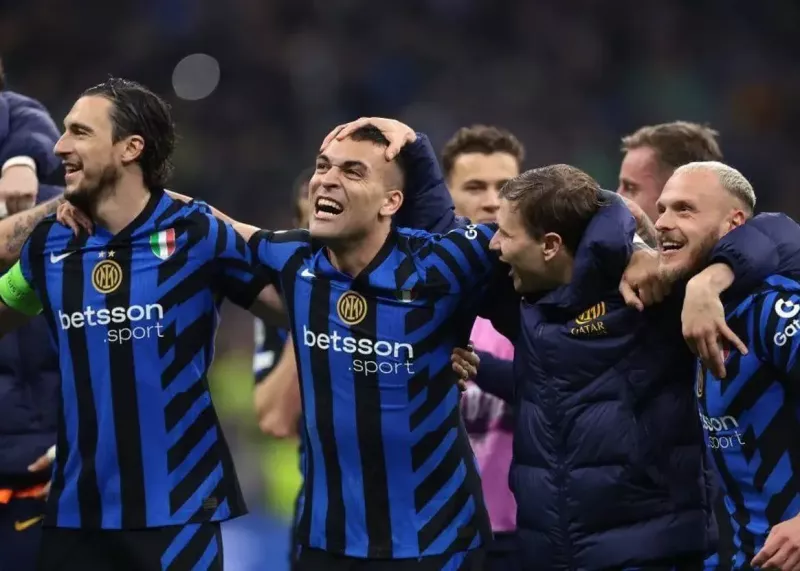
In the history of the Champions League, there have been seasons where the semifinals were dominated by clubs from a specific country or even multiple teams from the same city. However, the 2024-25 season represents the true authenticity and diversity of this competition.
Five decisive matches will be held in five different countries: England, France, Spain, Italy, and Germany. Arsenal, Paris Saint-Germain, Barcelona, and Inter will host the first-leg semifinal matches. Ultimately, Munich will host the final—a dream for Bayern fans to repeat their 2012 home final, which was shattered after a 4-3 aggregate loss to Inter.
Among the four remaining powerhouses, there is an intriguing mix of nationalities: the managers of the English and French teams are Spanish, while the Spanish team is led by a German coach.
But Inter, more than any other team, represents the deep-rooted traditions of Italian football. Simone Inzaghi is a thoroughly Italian coach, and in the starting lineup against Bayern Munich, six Italian-born players featured. Despite many analysts and betting agencies considering Inter the least likely to win, their unique style of play could be a surprising trump card—a style distinctly different from the other semifinalists.
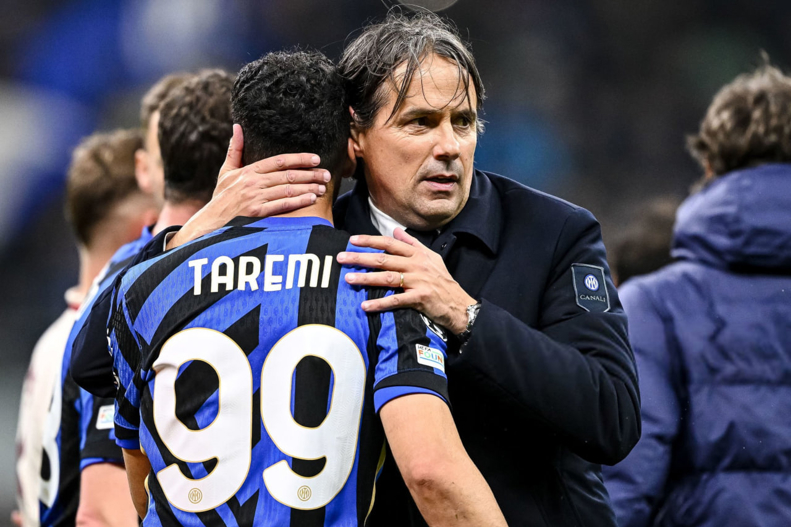
On one hand, Inter steadfastly adheres to the traditional principles of Italian football. In the match against Bayern, they willingly retreated and maintained their defensive structure deep in their own half, making spectacular saves to prevent their goal from collapsing in critical moments.
In domestic competitions this season, Inter has achieved a 59% success rate in aerial duels, the best performance among European teams—a statistic more than 3% higher than their closest rival, Bayern Munich. Both of Inter’s decisive goals in the second leg against Bayern also came from set-pieces.
The use of a three-man defense system makes Inter the only top European team that consistently employs wing-backs—an approach that has become a distinctive feature of Italian football in the last decade. As a result, play on the flanks relies more on off-the-ball movement than individual dribbling skills. Last season’s statistics show that Inter recorded the fewest successful dribbles among teams in Europe’s top five leagues.
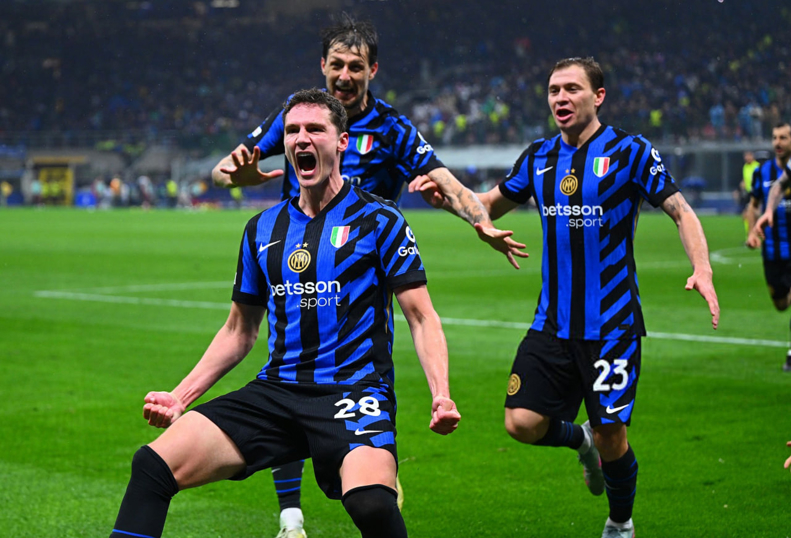
Unlike other contenders, this team relies more on lightning-fast counterattacks and short, intricate passes to advance up the field. Additionally, Inter is the only remaining semifinalist that plays with a classic strike partnership. The coordinated play between Marcus Thuram and Lautaro Martínez—Thuram’s clever backheel pass and Lautaro’s intelligent finish—in the first goal of the away leg in Munich is a prime example of the high value of this attacking approach.
In the return leg, both of Bayern’s center-backs, Eric Dier and Kim Min-jae, received yellow cards before halftime for rough tackles on Thuram. The presence of two strikers in Inter’s attack forces opposing defenders into one-on-one duels and physical battles—a tactic that proved costly for Bayern, ultimately leading to Kim Min-jae’s substitution in the second half.
At the same time, Inter also appears to be a progressive and modern team among the semifinalists. In midfield, they utilize three technically gifted and ball-savvy players. Hakan Çalhanoğlu, originally a classic No. 10, now operates as a defensive midfielder. Henrikh Mkhitaryan, once a goal-scoring No. 10, has settled well into the left-central midfield role. Nicolò Barella, known more as a hard-running and combative player, operates ahead of these two, constantly attempting to exploit space behind opposing defenders with intelligent off-the-ball movement—space often created due to Inter’s two-striker system.
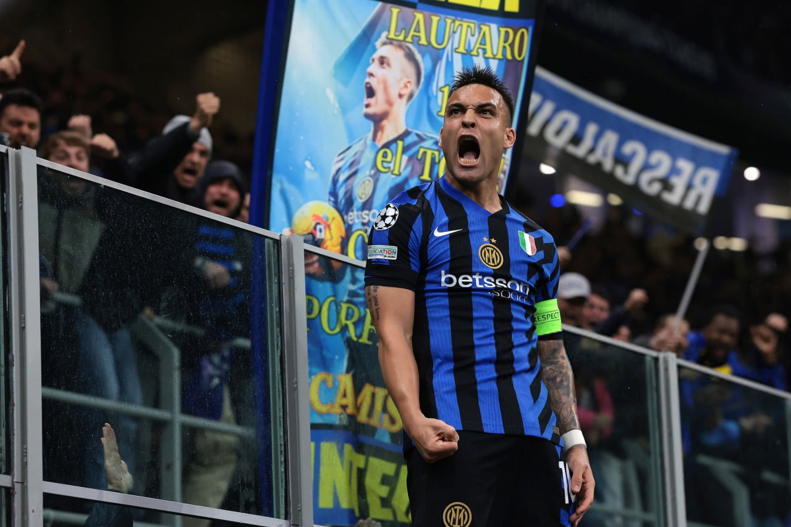
What stands out most in Inter’s style of play is their unique tactical rotations—something perhaps only seen in Gian Piero Gasperini’s Atalanta. The wing-backs in Inter’s three-man defense often push the ball into the opponent’s half, while one of the central midfielders drops back to maintain balance.
However, this doesn’t prevent the other defender from making the same movement. As a result, Inter’s three defenders sometimes spread wide across the pitch but remarkably retain possession and avoid being exposed to counterattacks.
Even more bizarre is the role of 37-year-old center-back Francesco Acerbi, who occasionally makes unmarked runs into the opponent’s box and suddenly assumes the role of a central striker! He executed this move twice in Wednesday night’s match against Bayern, confusing Bayern’s man-marking defensive structure. Thomas Müller, an expert at finding space, also seemed surprised by these unexpected movements—forced to track a player who suddenly appeared between Bayern’s two center-backs.
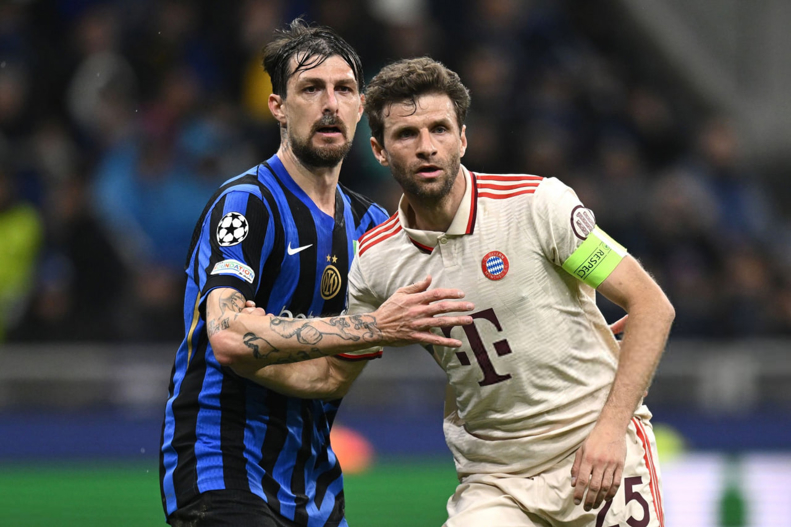
Of course, Inter wasn’t flawless against Bayern, and perhaps in previous seasons, they’ve been a more fearsome team. Nevertheless, facing them is something no team desires—especially Barcelona.
The two-legged semifinal between Inter and Barcelona promises to be a spectacular battle—not just because of the vastly different playing styles of the two teams but also due to the memories of their famous 2010 clash, where an Icelandic volcanic eruption forced Barcelona to travel to Milan by bus, and Pep Guardiola faced José Mourinho’s parked bus at the Camp Nou. This year’s semifinal pattern might somewhat resemble that, though it shouldn’t be forgotten that Inter played an aggressive and brilliant game in the 2010 first leg.
On the other hand, the 2025 Barcelona is no longer that patient and composed team—they now play more directly, attempting to break behind defensive lines with speed.
This clash will pit two extreme defensive philosophies against each other: no team pushes their defense higher than Barcelona, and no team attacks with such assured and efficient defensive rotation as Inter. Inzaghi’s team enters this stage as the underdog, but this is precisely the position where Italian teams often thrive.